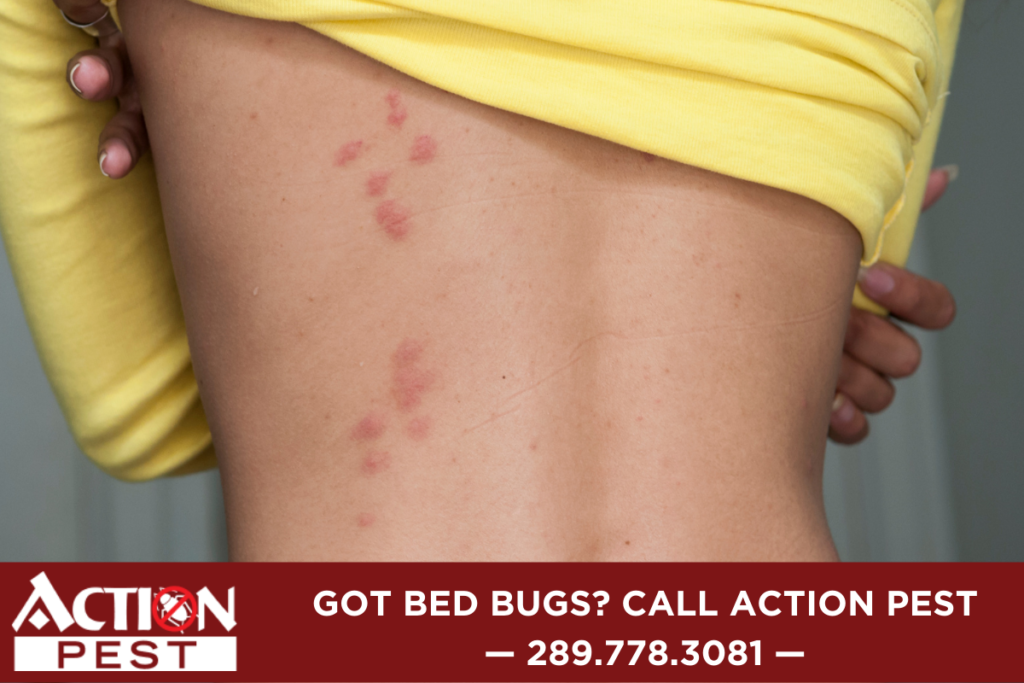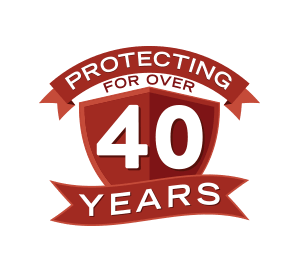
Bed bugs are the absolute worse. They’re tiny, parasitic, and usually come in great numbers. However, what’s worse is finding out that you have a bed bug rash from becoming their late-night snack. Bed bugs feed on blood from humans and animals. They tend to stay near their food sources and are the most active at night, hence why they’re usually found near your bed. As scary as that sounds, most of the time their bites are harmless. However, certain reactions can occur after a bed bug bite and it’s always better to be safe than sorry. If you want to learn more about what to expect from a bed bug bite and different ways to relieve or treat the bites, then continue reading this article.
Cimex Lectularius – Bed Bugs
To start off, let’s learn a little more about these pests. Cimex Lectularius also known as bed bugs, is a public health concern because it can spread easily. Unlike other insects, female bed bugs produce only about 1 egg per day. They take about 10 days to hatch and about 6 days to mature. But because they’re so hard to spot right away, you never know how long they’ve actually been there for. Although if you’re careful and thorough with pest control and removal, you shouldn’t need to worry.
First things first, these insects can grow about 1 to 7 millimetres in length. They’re usually a dark reddish-brown colour and are flat and oval-shaped. But their bodies can seem longer and swollen after feeding. Bed bugs have a tube-like structure for a mouth which they use to pierce the skin and drink blood. As they bite, they release a numbing protein and an anticoagulant to make the blood flow better. They don’t have wings, so they do rely on animals and humans to travel long distances.
Bed Bug Rash & Other Symptoms
Now that we know what these tiny critters look like, let’s find out what happens after a bite. Since they release an anesthetic before they bite, humans don’t usually feel the pain or anything at all right away. After a while, you may notice itchy welts forming all over your body, especially places that aren’t covered by any clothing such as your:
- Face
- Neck
- Shoulder
- Arms
- Legs
For some people, bed bug bites won’t cause a reaction. In most cases, you’ll only develop a bed bug rash in clusters or lines. Some inflammation, redness, and irritation are normal. Warning you now, it may be tempting to scratch. But don’t do it; it’s not worth the temporary relief. Scratching can make the bite worse causing infection, and bleeding. In other cases, people can have serious allergic reactions or in rare cases, serious symptoms can develop in those who are more susceptible to their saliva. Bed bugs have also been known to carry certain diseases. If you are experiencing the following symptoms, seeking medical attention is advised. Some of the more serious symptoms include:
- Burning or painful sensations
- Difficulty breathing
- Fever
- Swelling body parts (tongue, throat)
- Irregular heartbeat
- Nausea
Bed Bug Rash Treatment
Now that we’ve talked about all the symptoms that you may experience. Here are different ways to treat them. Once you’ve found a bite, the first thing you should do is clean the bite with soap and water. This will get rid of any residual saliva around the bite and will prevent infections like cellulitis. Moving on to relieving that annoying itch. As mentioned, scratching can cause infection, bleeding and scarring. So, leave your bites alone. To help with the itchiness, use hydrocortisone or an anti-itch cream. They will help reduce the swelling, itching and redness that usually occurs from a bed bug rash. Cortisone cream will also give you similar results. Any pain you’ll feel can be treated with over-the-counter pain medications. If you want to take it one step further or have a mild allergic reaction, take an antihistamine to relieve the symptoms.
Natural Remedies
If you’re looking for a more natural approach, there are quite a few options to try at home.
Oatmeal: It’s been known for some time that oatmeal is an old but gold remedy for chickenpox. That’s because the phenol found in oatmeal is great for treating inflammation and irritation, which ultimately means it’ll work for a bed bug rash too.
Aloe Vera: It’s used to treat and relieve many ailments including burns, and rashes. Due to its amino acids and other active compounds, aloe vera is great for relieving burning sensations, and itching. It allows the affected area to heal while keeping your skin moisturized.
Teabags: A chilled chamomile or green tea teabag will not only reduce swelling but the astringent and mild anesthetic properties in tea can help relieve any discomfort you are experiencing. Green tea is also high in antioxidants which may help you recover quicker.
Contact Action Pest for Bed Bug Removal
Regardless of which treatment you use, the best way to “treat” bed bug symptoms is to eradicate these pests altogether. By the time you discover these bugs have invaded your home, it’s probably too late for any DIY home remedies. The best course of action here is to contact Action Pest as soon as possible! Action Pest has had at least 40 years of experience in dealing with pest control and removal. They have state-of-the-art technology and equipment that will completely remove any unwanted pests from your home with 100% satisfaction guaranteed. They’ll work with you to come up with a solid and reasonable solution for all your pest troubles. Visit Action Pest today to learn more.







